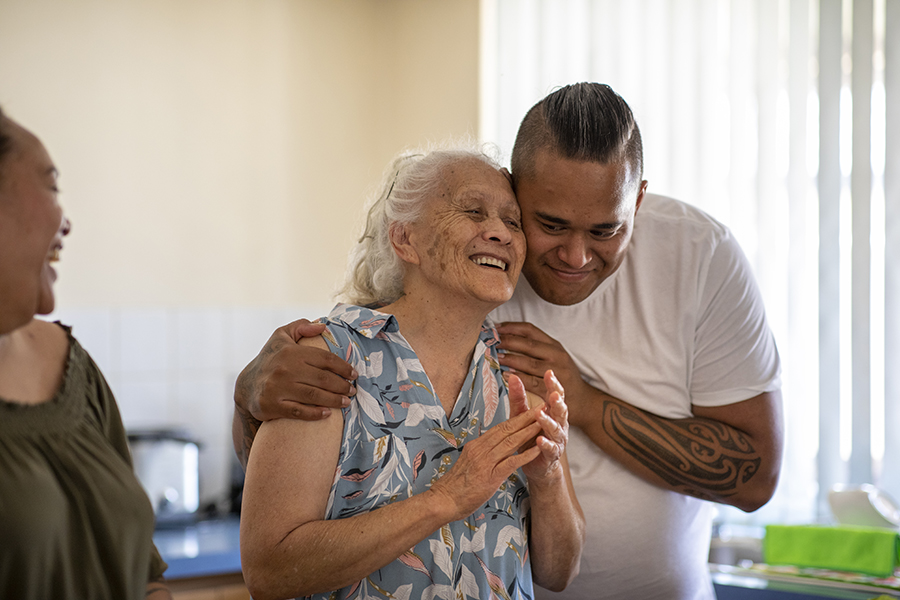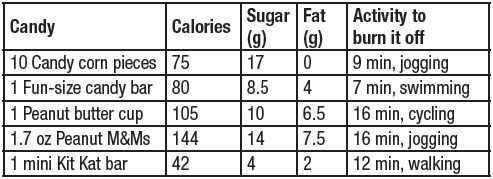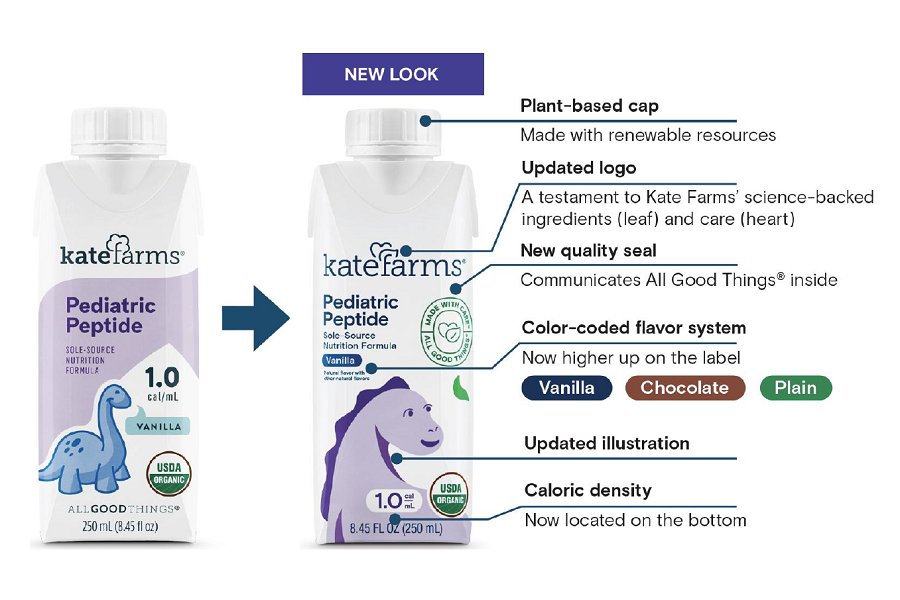In 2010, the U.S. Senate passed a resolution designating November as Stomach Cancer Awareness Month. Stomach cancer, also called gastric cancer, is the fourth most common cancer type and the second leading cause of cancer death in the world. More than 21,000 Americans will be diagnosed with stomach cancer this year, and nearly half of those diagnosed will lose their battle with the disease.
The stomach has five parts:
- Cardia: The uppermost portion, closest to the esophagus
- Fundus: The upper part of the stomach next to the cardia
- Corpus (body): The main part of the stomach, between the upper and lower parts
- Antrum: The lower portion, near the small intestine
- Pylorus: The lowest portion, feeding into the small intestine
Cancers starting in different sections of the stomach may cause different symptoms, and they willlikely have different outcomes and treatment options.
The layer in which cancer is diagnosed is important. The stomach wall has five layers:
- Mucosa: The innermost layer, where most stomach cancers start
- Submucosa: The next supporting layer
- Muscularis propria: a thick layer of muscle that works to mix stomach contents.
- Subserosa: The layer just under the outermost layer
- Serosa: The outermost layer that wraps the stomach
Most cancers begin in the innermost layer, and the cancer is still at an early stage with higher survival rates. As a cancer grows from the innermost layer into the deeper layers, the cancer stage becomes more advanced and the prognosis is not as good.
Stomach Cancer Statistics
- Two out of three people diagnosed with stomach cancer are 65 or older
- The risk of a person developing stomach cancer in their lifetime is about one in 114
- The average age of people when they are diagnosed is 70
- Until the late 1930s, stomach cancer was the leading cause of cancer death in the U.S.
Signs and Symptoms
Because stomach cancers tend to develop slowly, precancerous changes in the stomach rarely cause symptoms This makes stomach cancer difficult to detect early. Some signs and symptoms of stomach cancer might include:
- Poor appetite
- Unexplained weight loss
- Abdominal pain
- Vague discomfort in the abdomen, often above the navel
- A sense of fullness in the upper abdomen after eating a small meal
- Heartburn or indigestion
- Nausea
- Vomiting, with or without blood
- Swelling in the abdominal area
Risk Factors
While some inherent risk factors such as age and ethnicity are outside of our control, certain lifestyle habits can increase your risk of developing stomach cancer. Leading risk factors for stomach cancer include:
- Smoking
- H. Pylori infection (a common cause of stomach ulcers)
- High intake of salted and smoked foods
- Inadequate fresh fruit and vegetable intake
- Gender (men have a slightly higher risk than women)
- Ethnicity (stomach cancer is more common among Hispanic Americans, African American Americans and Asian/Pacific Islander Americans)
- Age (stomach cancer rates sharply increase among people over the age of 50)
Treatment Options
Treatment plans for stomach cancer depend on several factors, including the type and location of the cancer, age at diagnosis and cancer stage. The leading treatments for stomach cancer are:
Many treatment plans combine 2 or more of these treatment methods.
While stomach cancer is a serious disease, more than half of those diagnosed with stomach cancer beat the disease and continue to lead fulfilling lives. If you are concerned about your stomach cancer risk, please consult with your primary care physician. For more information on stomach cancer, visit Cancer.org or MayoClinic.com, which provided source information for this article.
This article is designed for educational use only and does not replace the advice of a medical professional. If you have any questions or concerns regarding your stomach cancer risk, contact your healthcare provider.
























